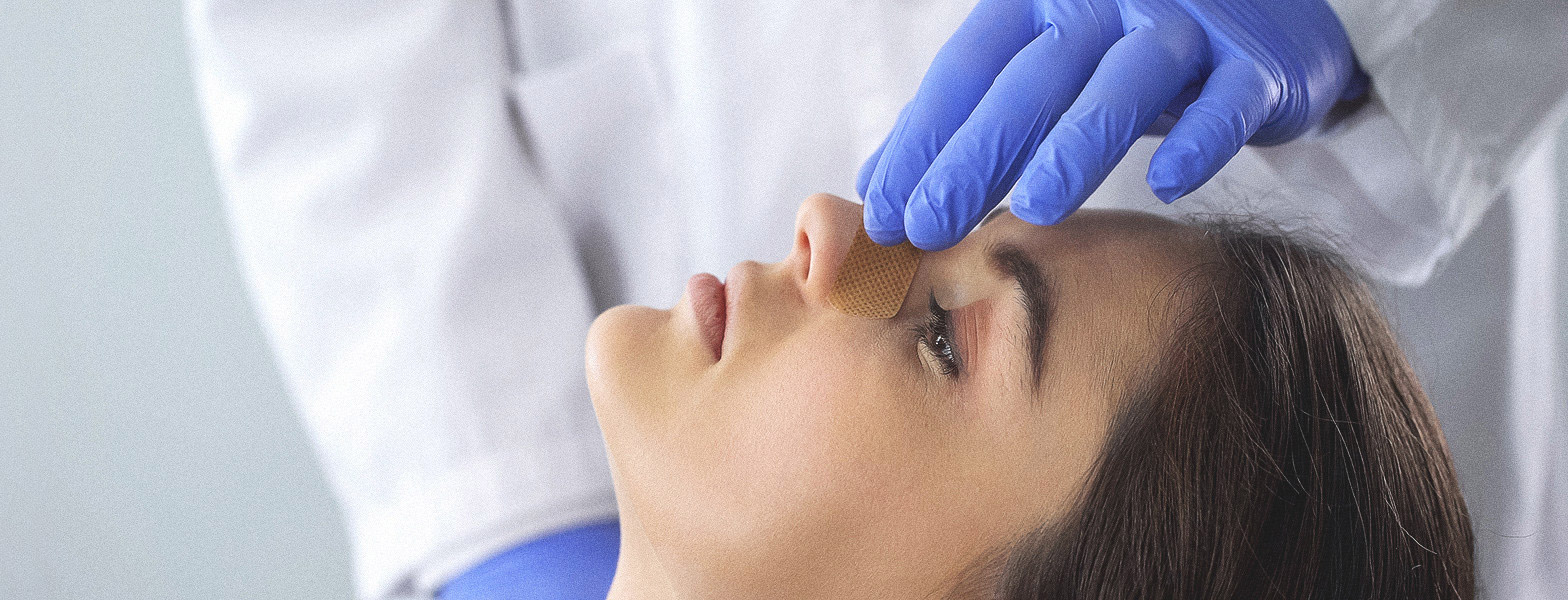Revision Rhinoplasty
Revision Rhinoplasty
Some patients may not be satisfied after rhinoplasty. New problems may develop after surgery or the patient's expectations may not be met. In such cases, the problems that have occurred in the nose are tried to be eliminated and the corrections that can be made in line with the patient's wishes are made.
Reasons for revision: Artificial appearance, presence of unresolved nasal arch, low nasal tip, over projected nasal tip, excessively long nasal tip, excessively short nasal tip, nasal midline deviation, nasal arch collapse (saddle-nose deformity, inverted-V deformity), persisting breathing problems.

Before Surgery
Detailed medical history, detailed information about previous surgery, patient examination, patient expectations, information about the surgery, preoperative photography and three-dimensional imaging, necessary tests and examinations are performed.
Surgery
It is performed under general anesthesia for 2 to 3 hours to achieve a natural appearance. Patients who need cartilage may require additional pieces of cartilage from the nasal septum cartilage, cartilage behind the ear or rib cartilage. Special splint application, silicone nasal tampon application can be performed when necessary.
After Surgery
Eating starts in a short time; cold application is recommended for the first 24 hours. Patient is discharged on the same day or the next day. If a tampon is applied, it is removed after 2 to 3 days. The splint on the nose is removed on the 7th day and your nasal tip stitches are removed. After the splint is removed, you can take a bath and return to work. There may be breathing difficulties in the first days. Swelling and bruises may occur on the face and nose. Light activities can be started after 4-6 weeks and heavy activities after 6-8 weeks. Glasses can be used after 6-8 weeks.

 Nisantasi - Istanbul
Nisantasi - Istanbul



 RENE CLINIC
RENE CLINIC